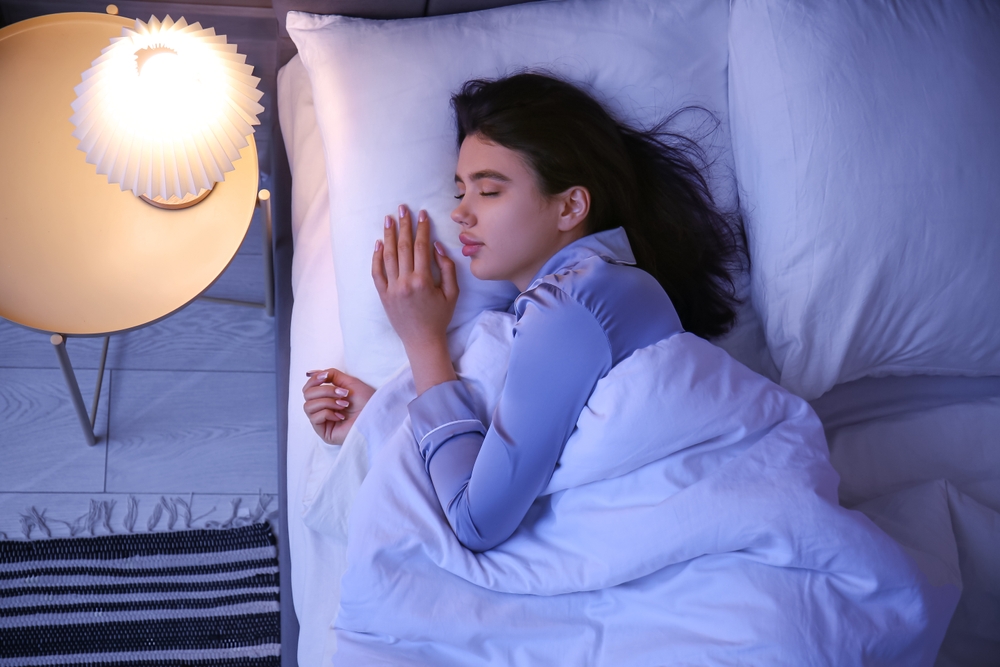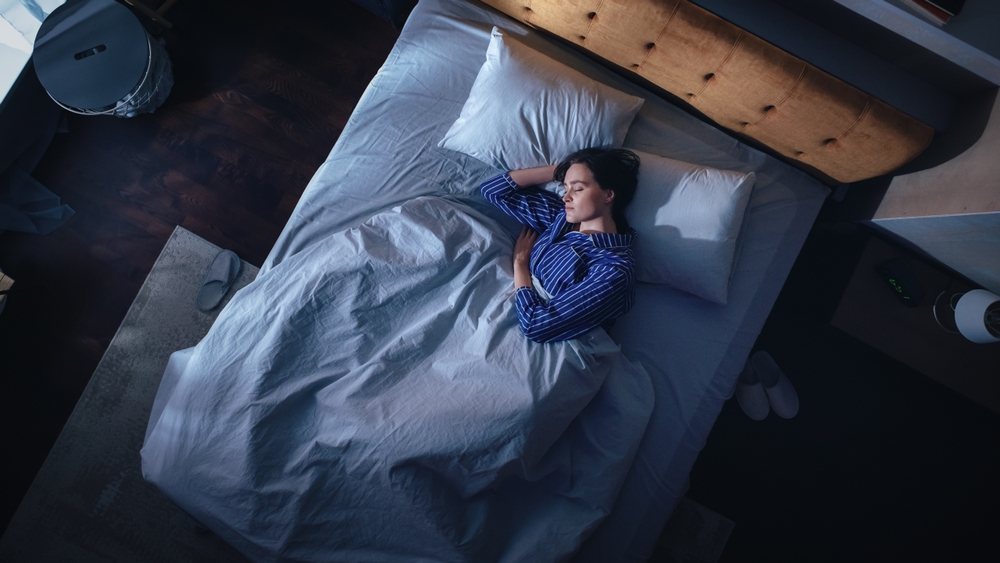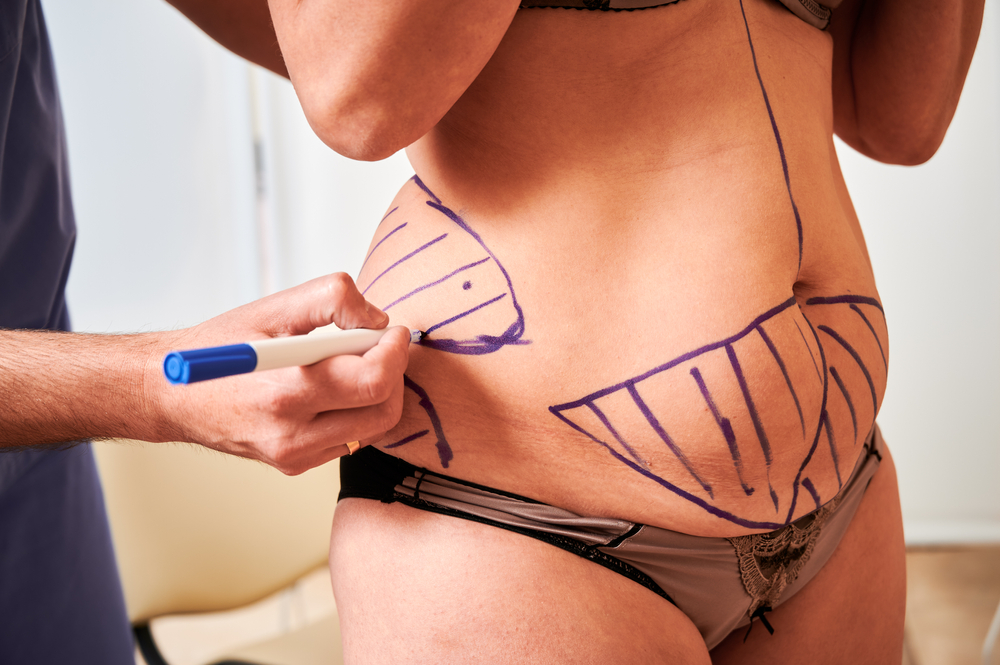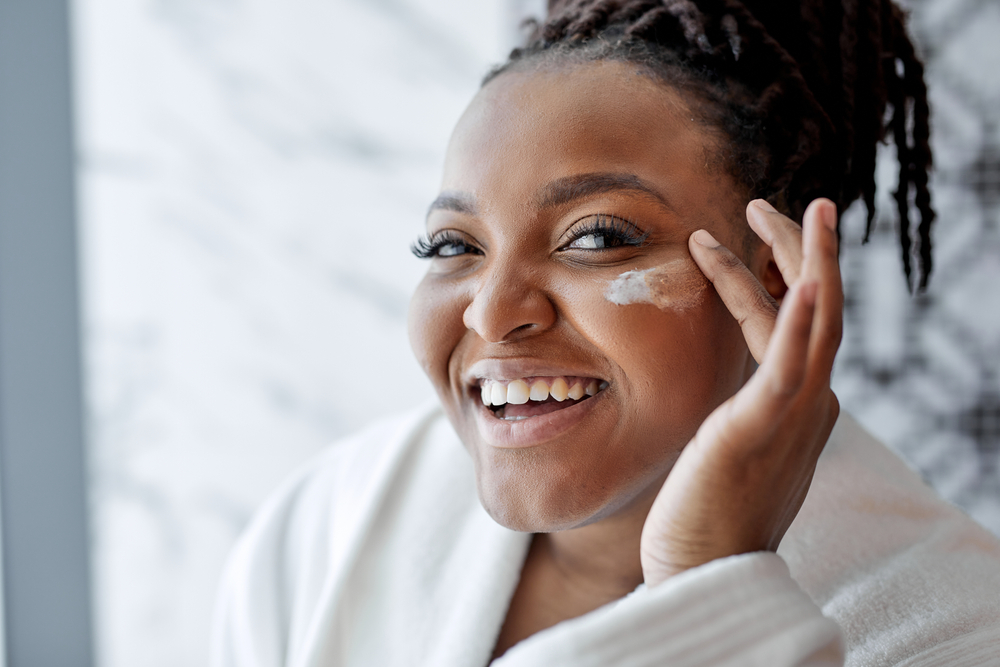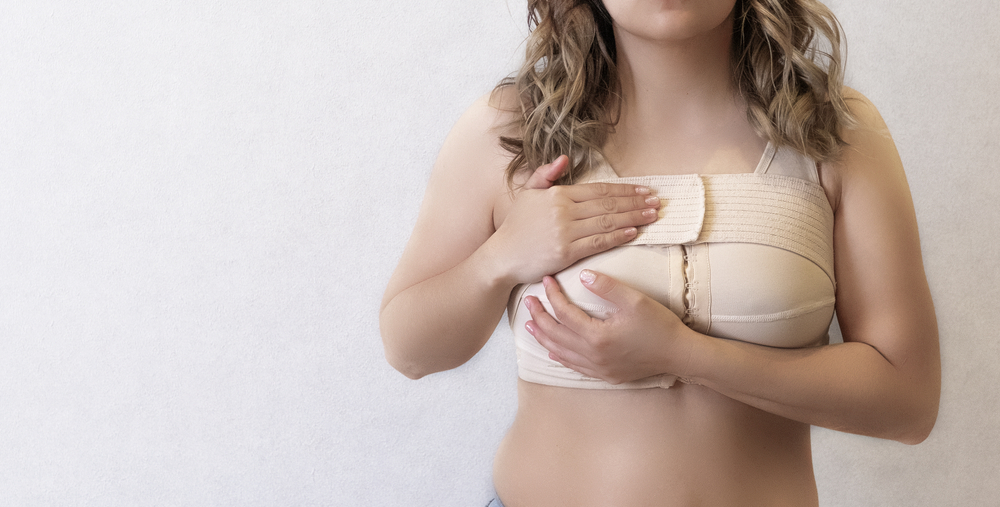Undergoing breast augmentation surgery is a significant step, and ensuring proper recovery is essential for optimal results. Sleep and proper positioning plays a crucial role in this process, as it allows your body to heal quicker and adapt to the changes. Adjusting your sleep habits post-surgery can be challenging, especially if you’re accustomed to certain sleeping positions. Here’s a guide to help you navigate this important aspect of your recovery. If you’re just now learning about breast augmentation surgery, see our guide here: Breast Augmentation Surgery: What It Is, Types, Surgery, And Recovery
Table of Contents
ToggleWhy Sleep Is Crucial After Breast Augmentation
Sleep is not just about rest; it’s a vital component of the healing process. During sleep, your body repairs tissues, reduces inflammation, and strengthens the immune system. Quality sleep can also help manage pain and reduce the risk of complications. Given the nature of breast augmentation, your body needs all the support it can get, making sleep an essential part of your recovery.
Can I Sleep Flat on My Back?
When you get your breast augmentation surgery, you’ll likely be sore and swollen. Sleeping in a recliner or with your upper torso in an elevated position helps by reducing swelling and thus pain and discomfort.
When Can I Sleep on My Side After Breast Augmentation?
In the first few weeks after surgery, it’s crucial to avoid sleeping on your side or unintentionally rolling onto your side, as this can exert undue pressure on the implants or incision sites, potentially compromising your results. Most patients can resume side sleeping, provided they wear a supportive bra, around the six-week mark. As for sleeping on your stomach, it should be strictly avoided until you receive explicit approval from your surgeon. Dr. Gear likes patients to avoid stomach sleeping for a few months if possible.
What’s The Best Sleeping Position?
Back Sleeping with Elevation: The best position for sleeping after breast augmentation is on your back with your upper body slightly elevated. This position minimizes pressure on the chest area, reduces swelling, and helps the implants settle properly. Elevation also aids in reducing fluid buildup around the surgical site, which can minimize discomfort and speed up the healing process.
Side Sleeping: While back sleeping is recommended for the first few weeks, you might be able to transition to side sleeping after six weeks, depending on your surgeon’s advice. Ensure you continue to use a supportive bra and avoid sleeping directly on your side until you’re fully healed.
Avoid Stomach Sleeping: Sleeping on your stomach is not advisable until your surgeon gives you the go-ahead, usually several months after surgery. This position can put undue pressure on the implants and incisions, potentially compromising your results.
Tips for Better Sleep Post-Surgery
- 1.Prepare Your Sleep Environment: Before your surgery, set up a comfortable sleeping area. Invest in a wedge pillow or consider sleeping in a recliner to maintain the necessary elevation. Surround yourself with body pillows to prevent rolling over in your sleep.
- 2.Practice Back Sleeping: If you’re not used to sleeping on your back, start practicing this position a few weeks before your surgery. This will help you get accustomed to the new position and make the transition easier post-surgery.
- 3.Wear a Post-Surgical Bra: Wearing a compression garment or post-surgical bra is crucial during your recovery. It provides support, reduces swelling, and helps the implants settle. Most surgeons recommend wearing this bra both day and night for the first few weeks.
- 4.Manage Pain and Discomfort: Pain management is key to getting good sleep. Follow your surgeon’s instructions regarding pain medication and use pillows to support your body and reduce strain on your chest. Engaging in calming activities before bed, such as reading or listening to soothing music, can also help you relax and fall asleep more easily.
- 5.Incorporate Light Activity: Gentle activities like short walks can promote circulation, reduce stiffness, and help you feel more tired at night, leading to better sleep. However, always get your surgeon’s approval before starting any physical activity.
How Long Should You Follow These Guidelines?
Dr. Andrew Gear recommends maintaining these sleep practices for at least six to eight weeks. Please keep in mind though, every patient is different, so it’s important to follow your plastic surgeon’s personalized advice. They will guide you on when it’s safe to resume normal sleeping positions and when you can stop wearing your compression garment at night.
By adhering to these sleep guidelines, you can support your body’s healing process and achieve the best possible outcome from your breast augmentation surgery. Remember, good sleep is an investment in your recovery, helping you feel better and heal faster.
Schedule Your Breast Augmentation Consultation
To start your breast augmentation journey at my Charlotte, NC, practice, please use this online form or call us at 704-771-1747 to request a consultation.





